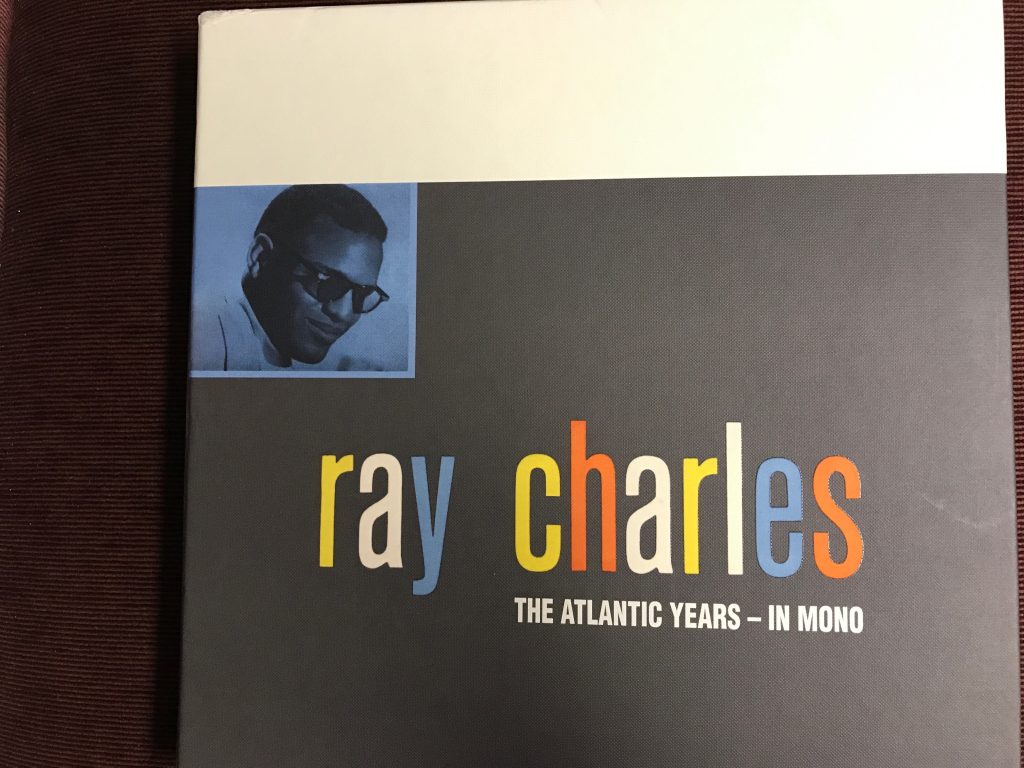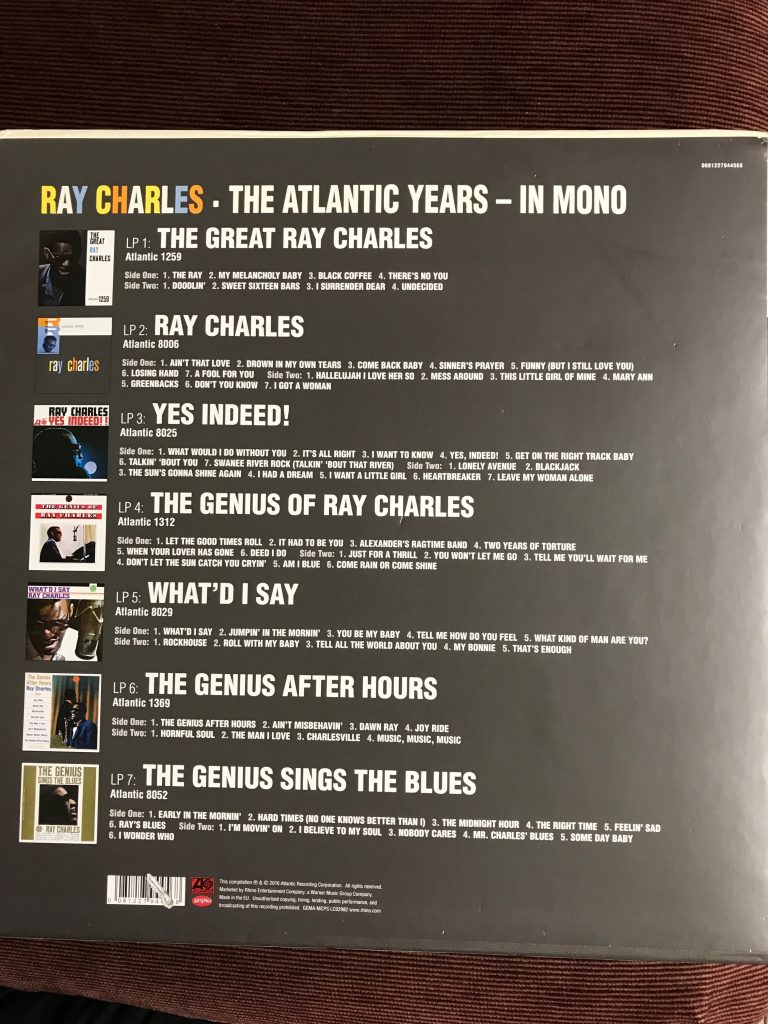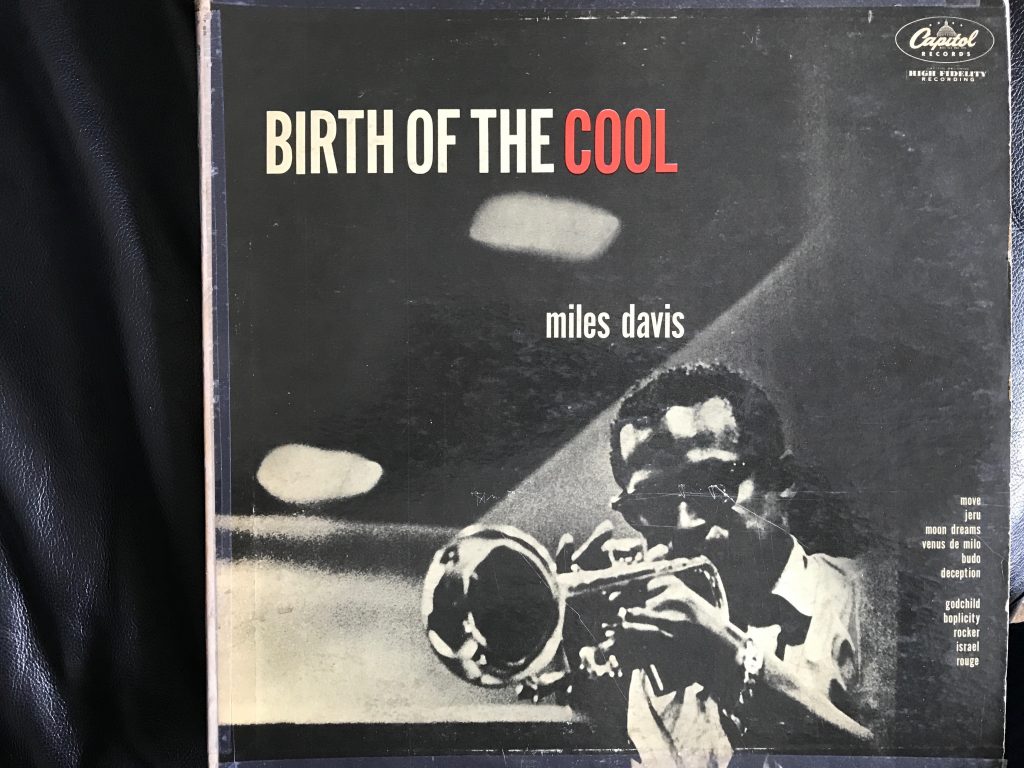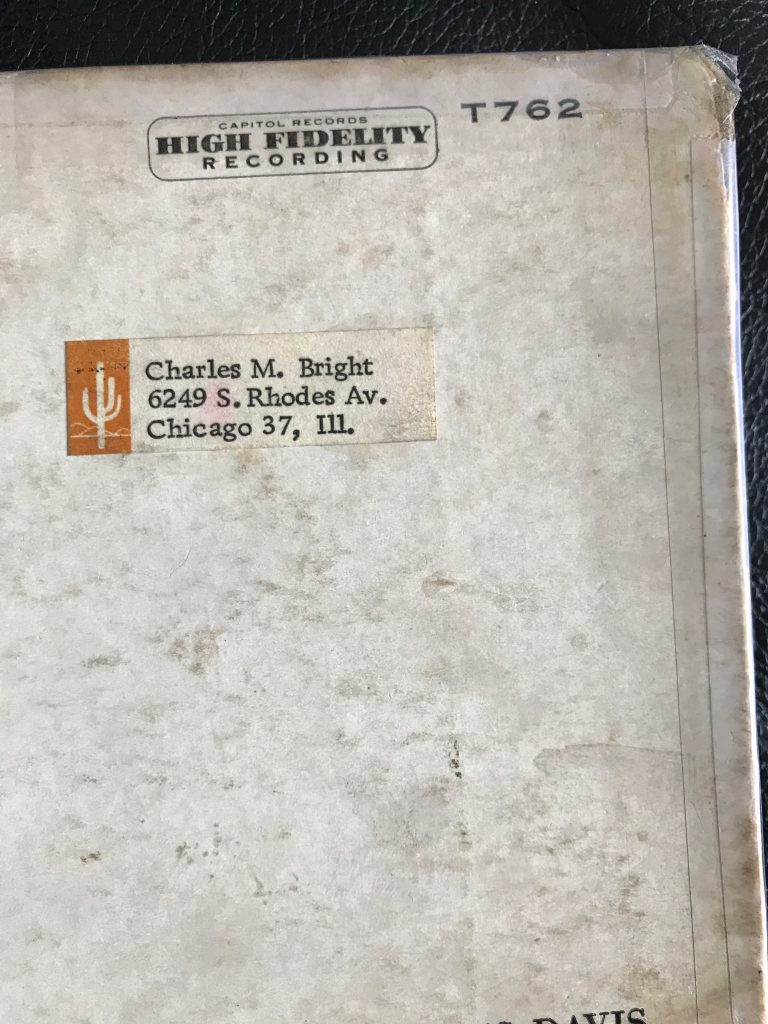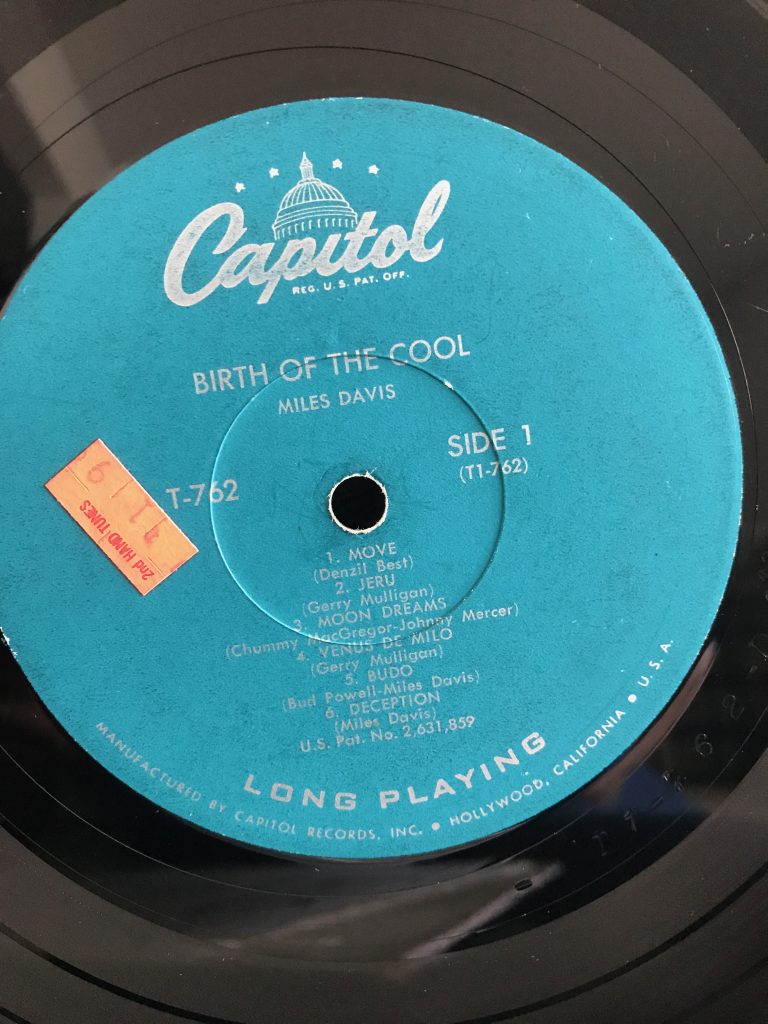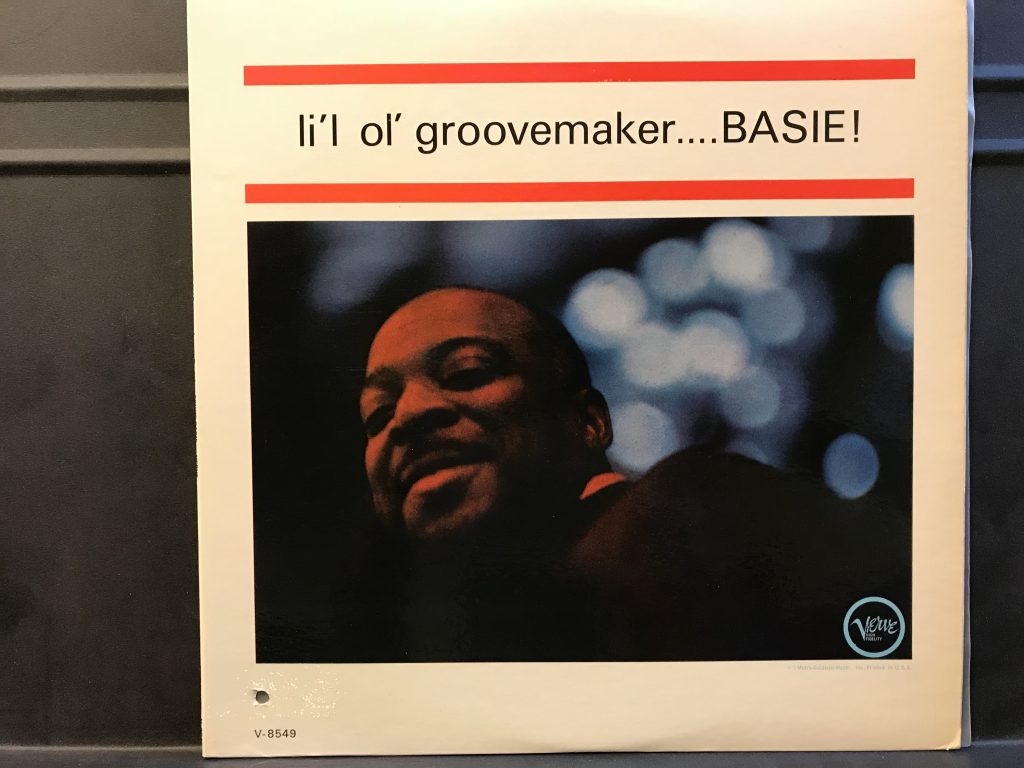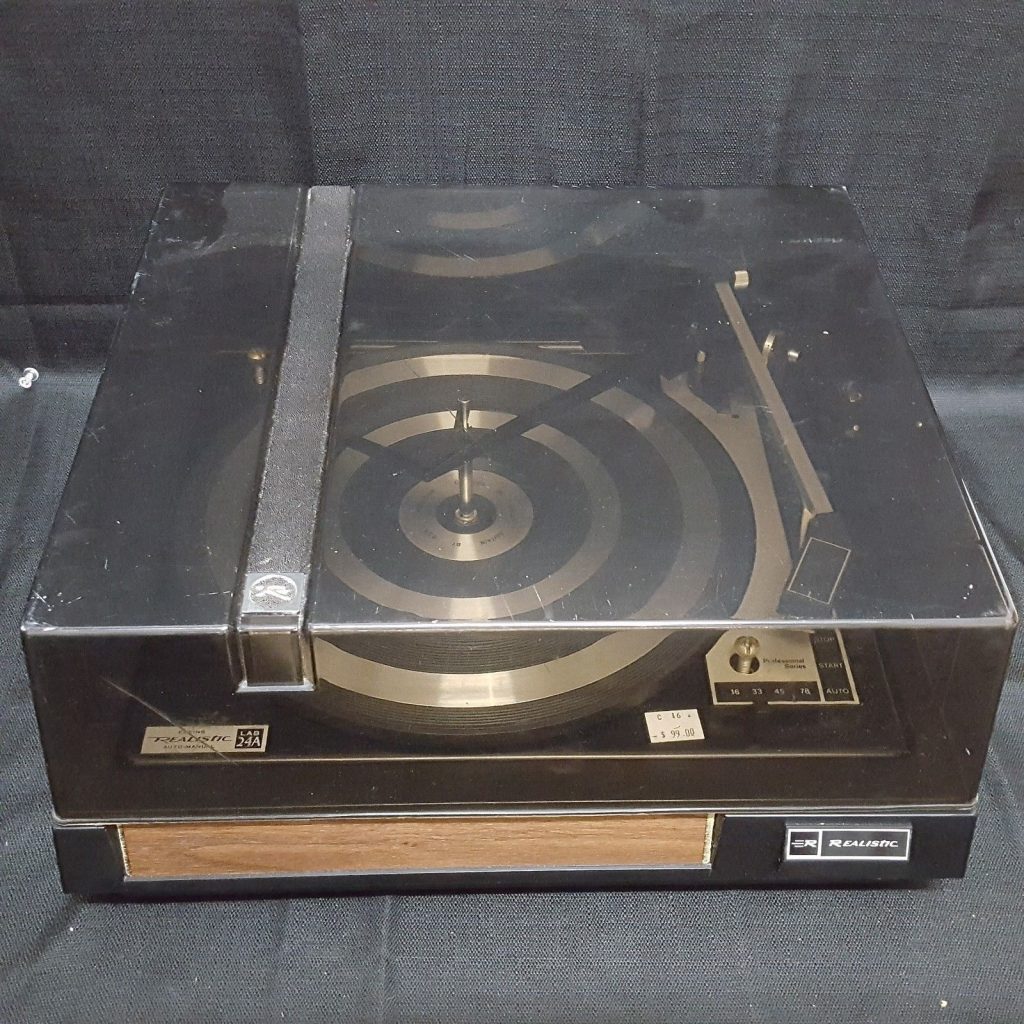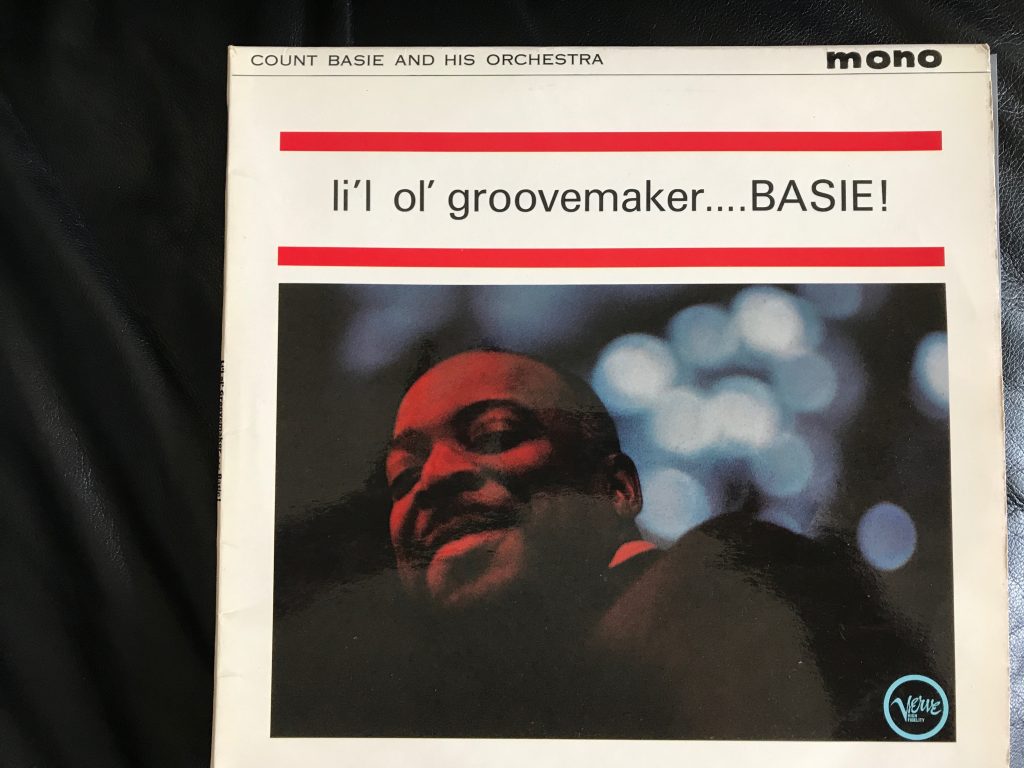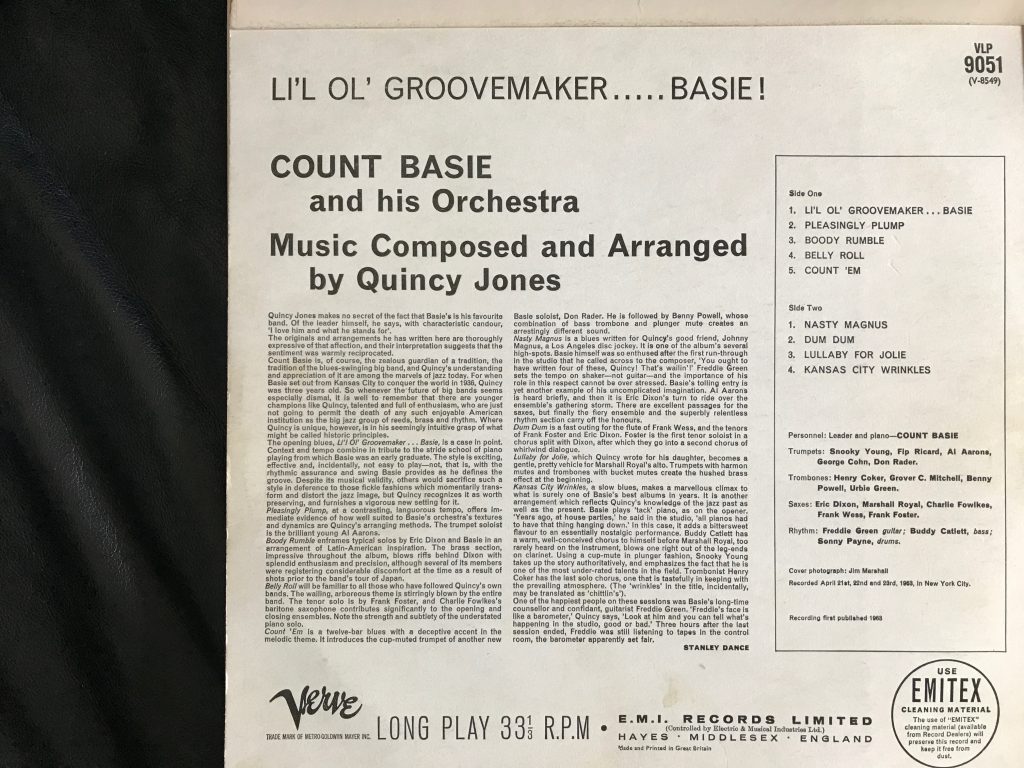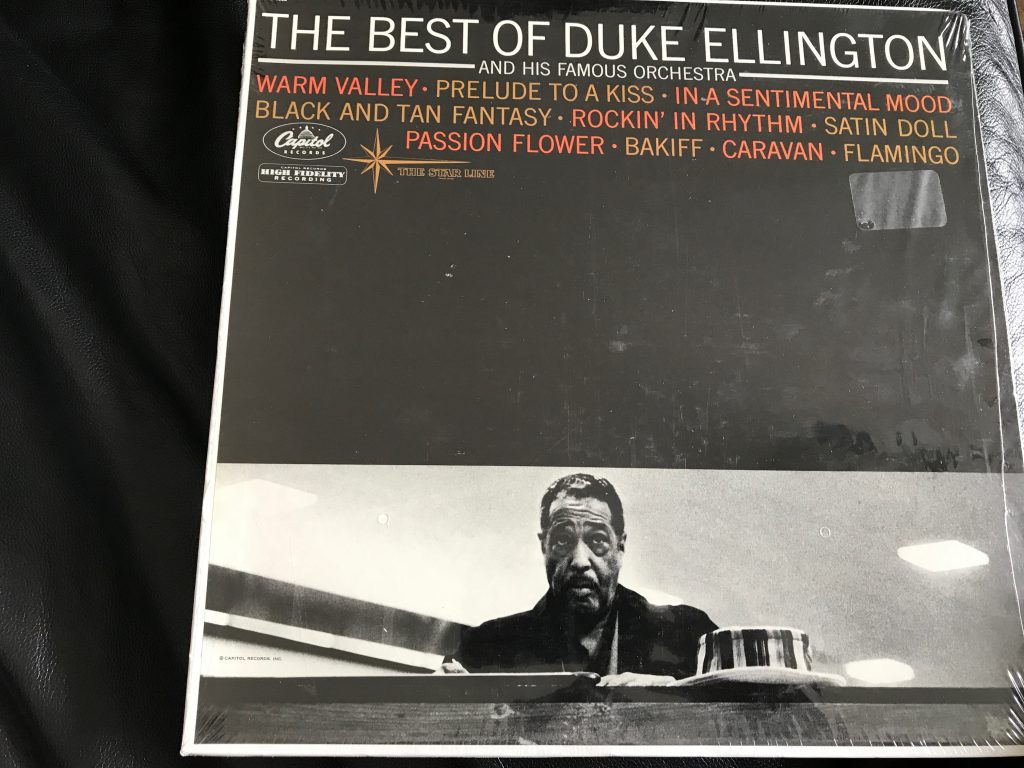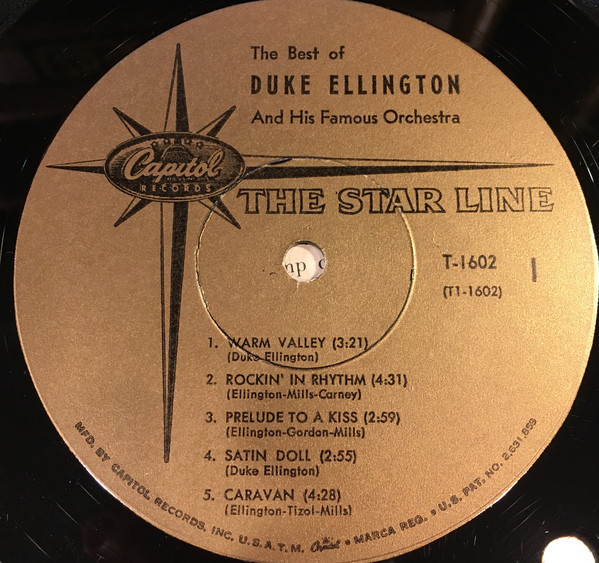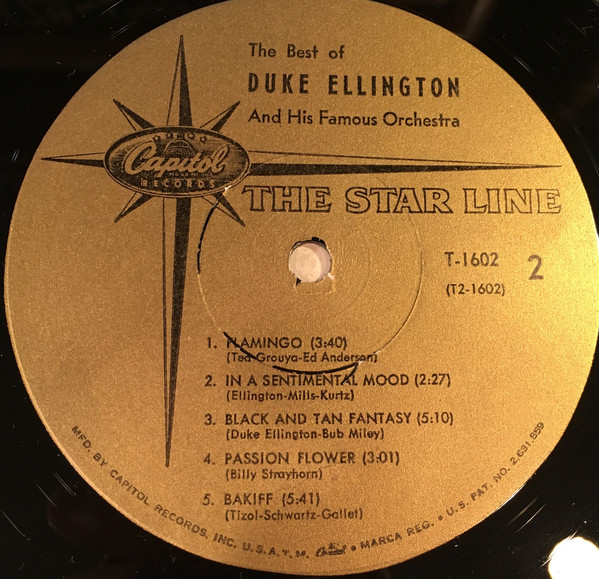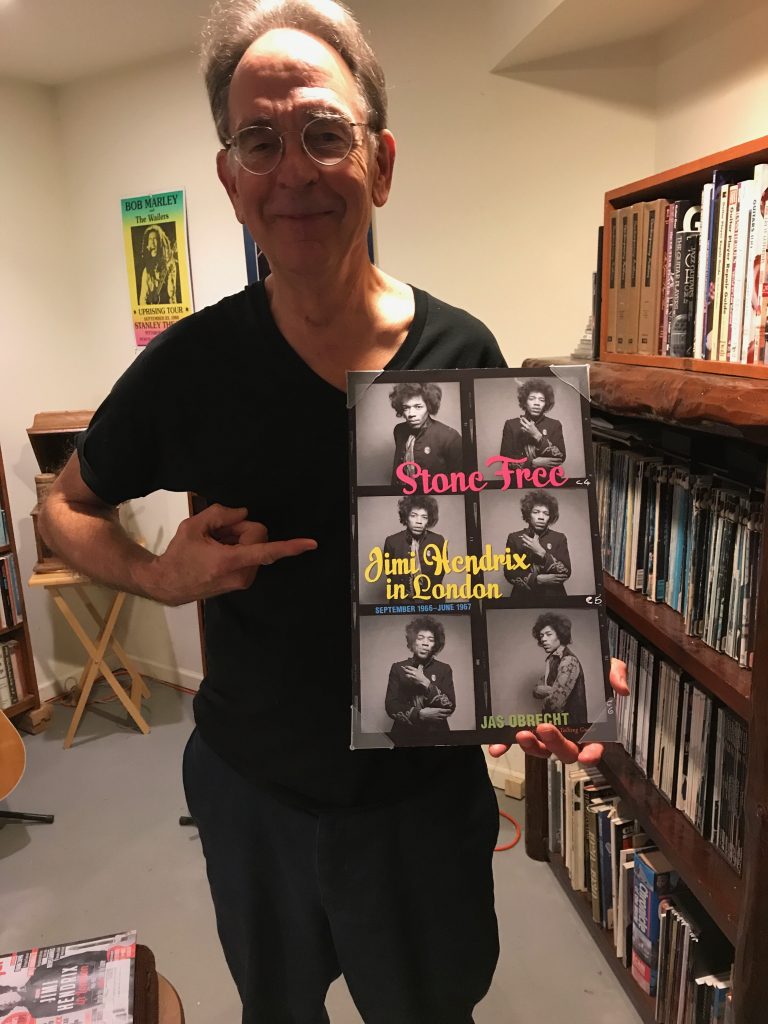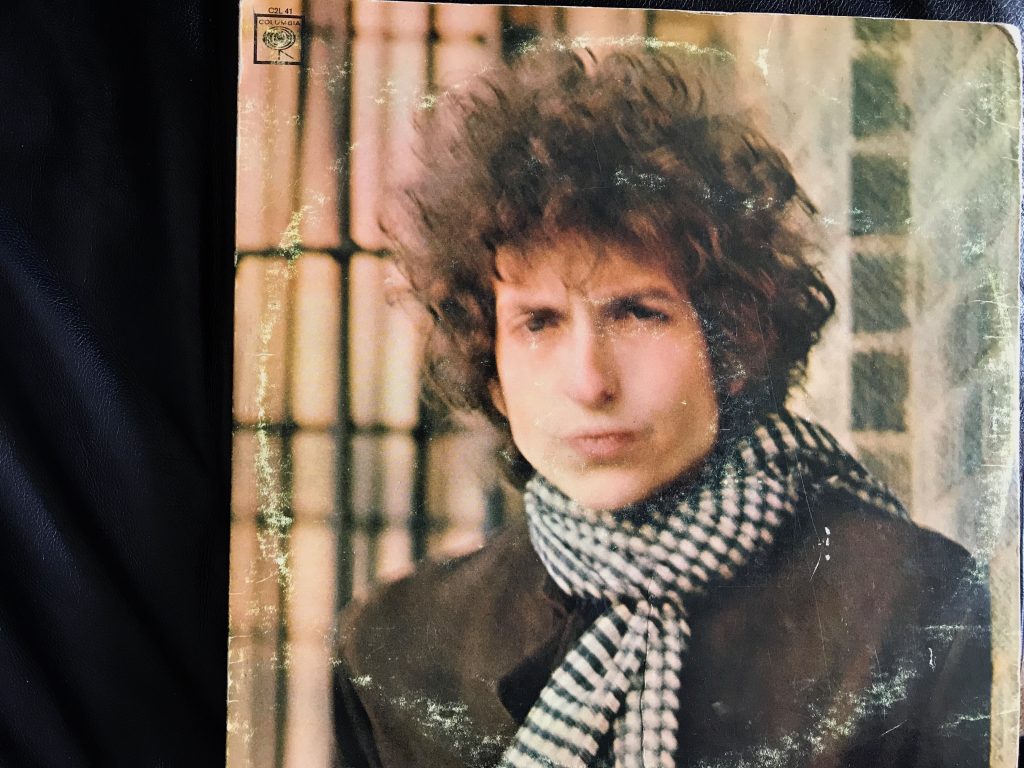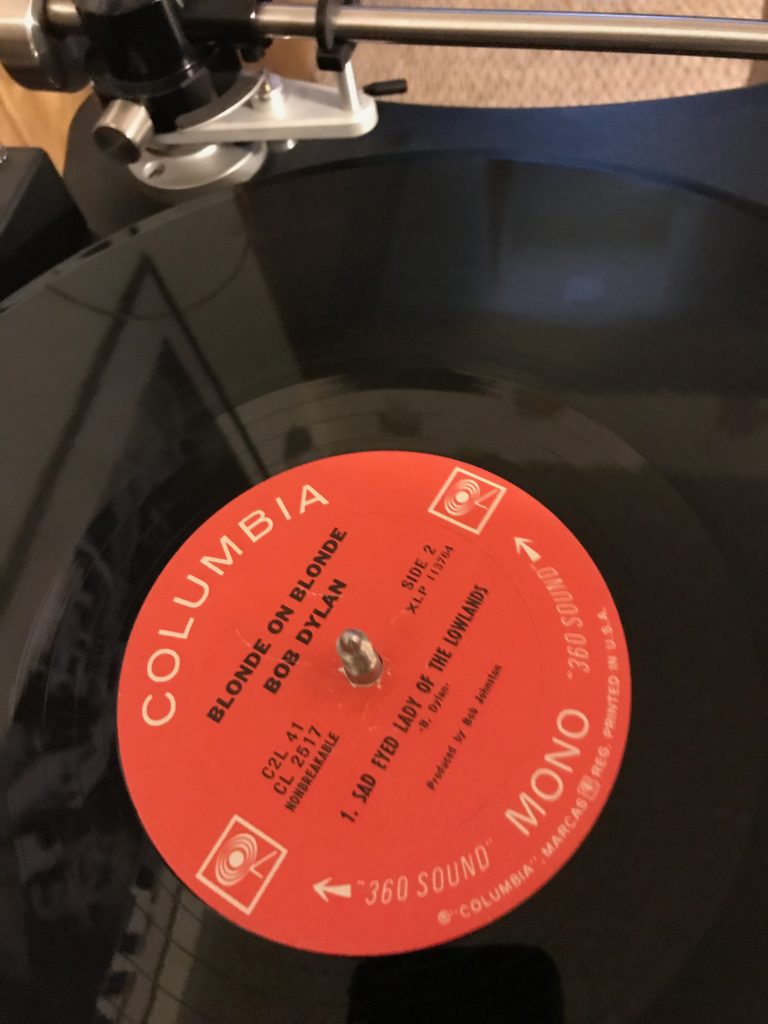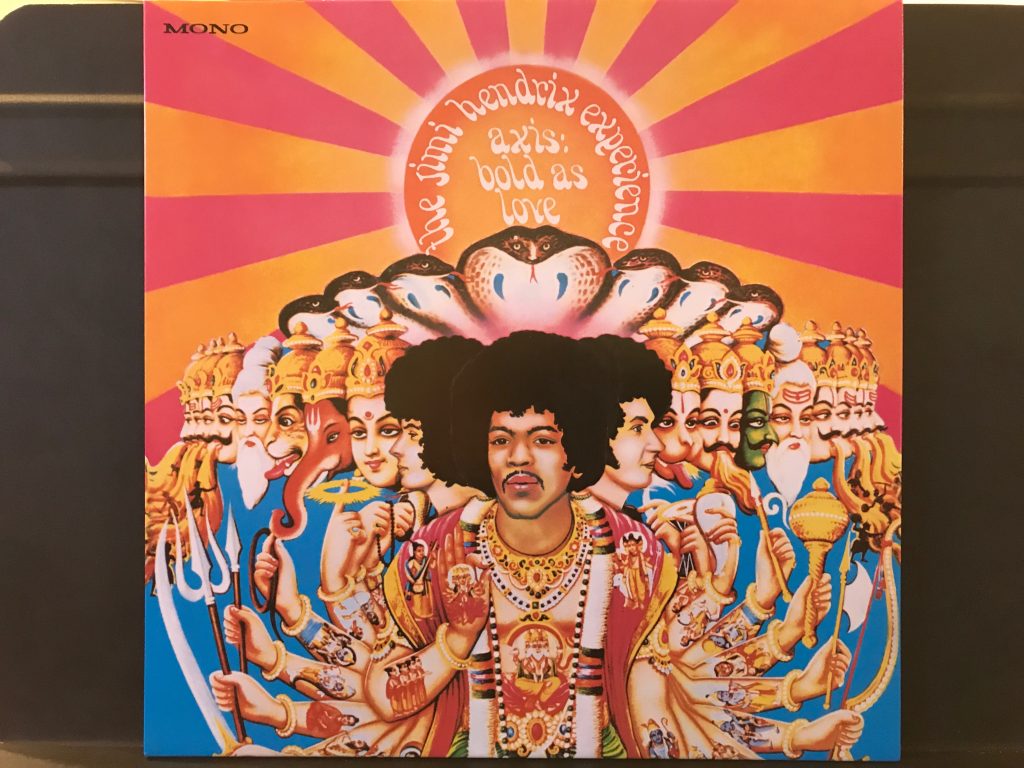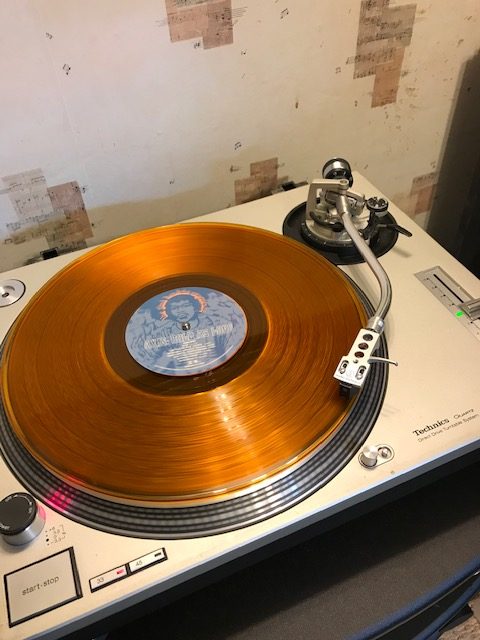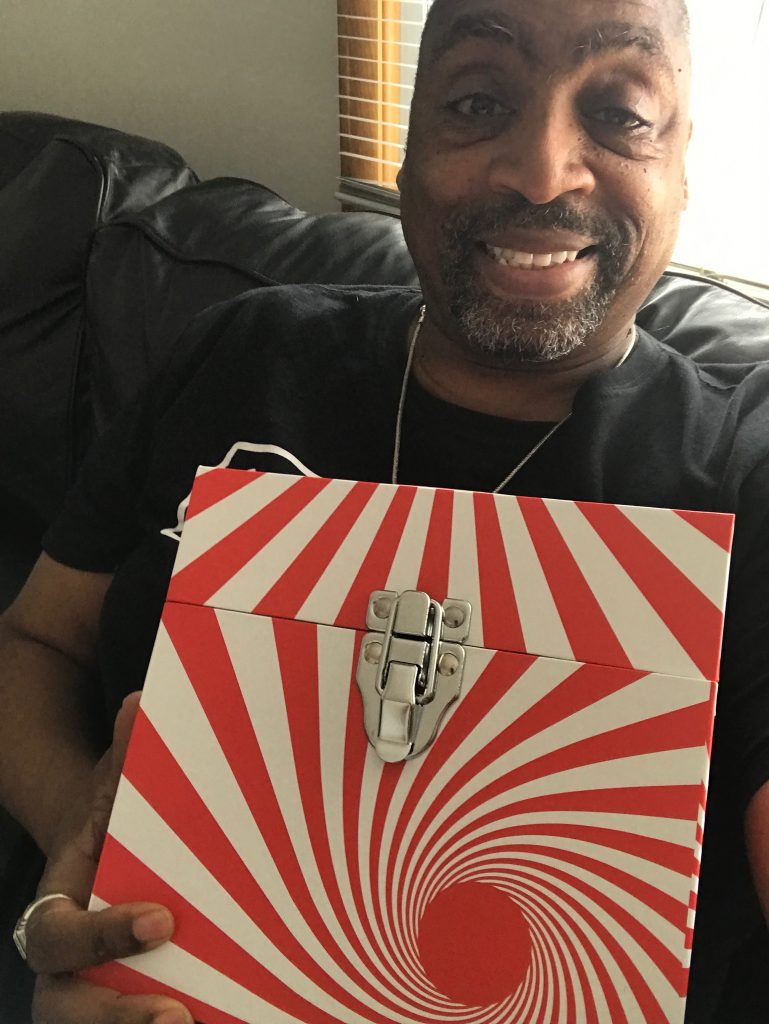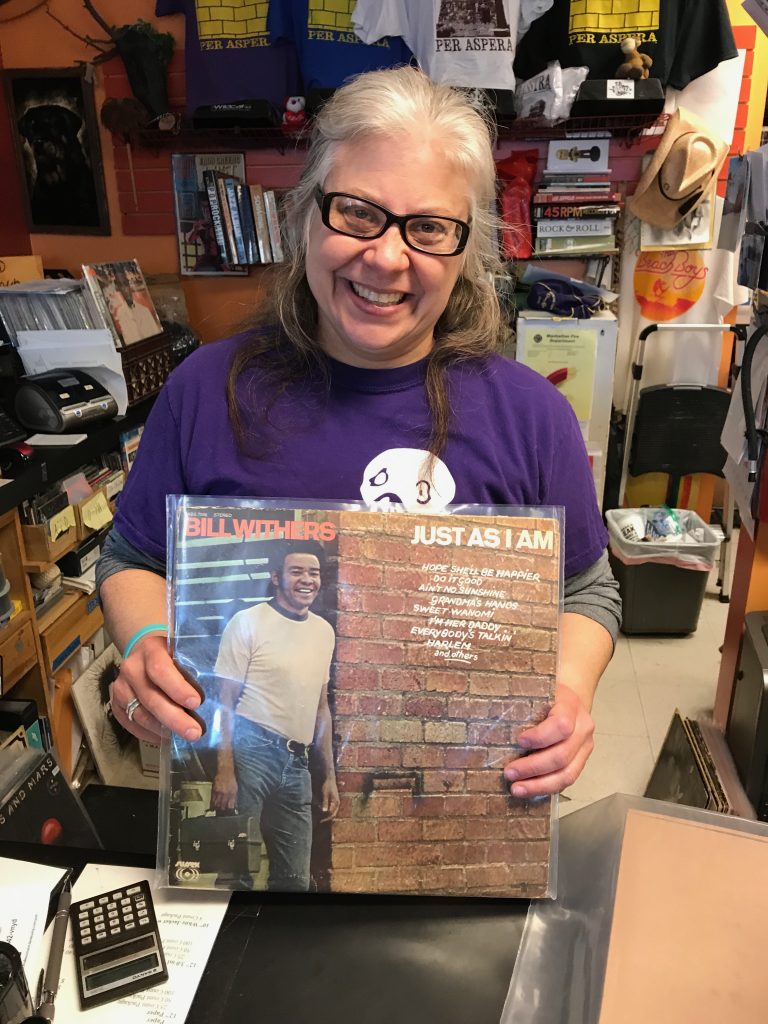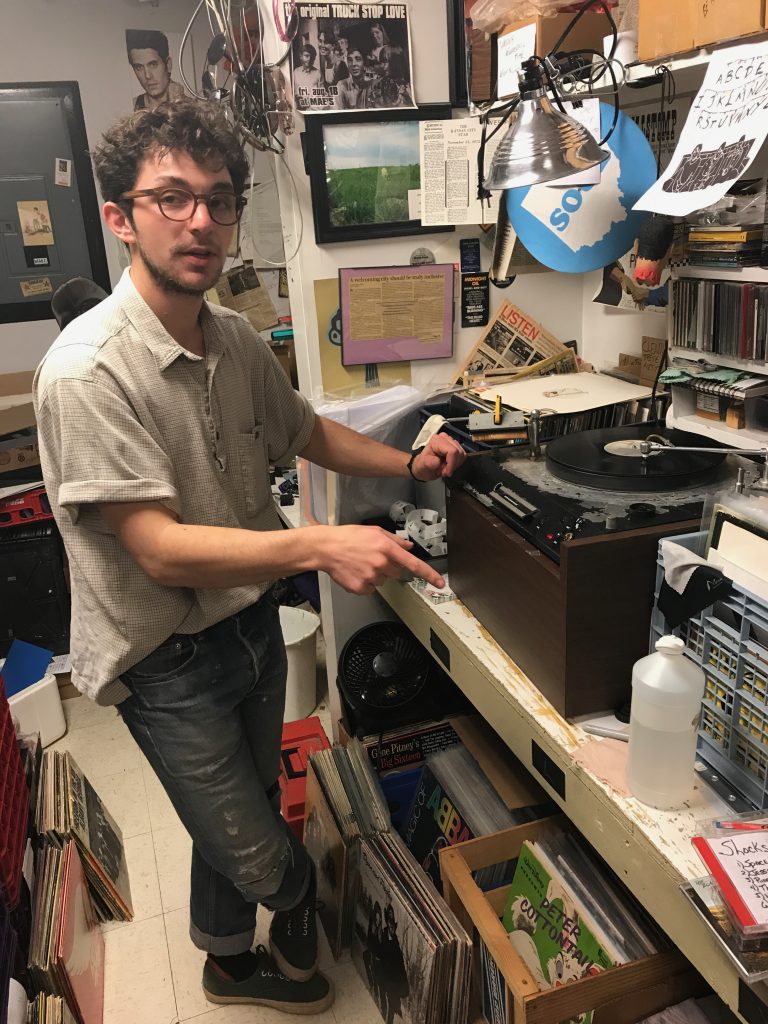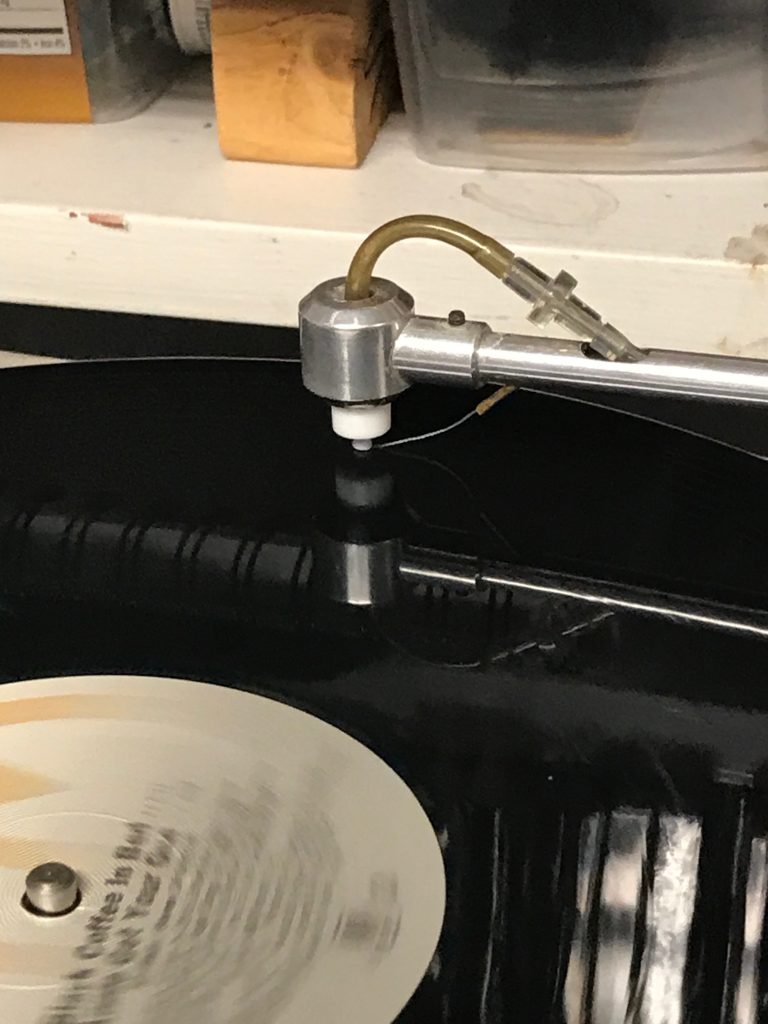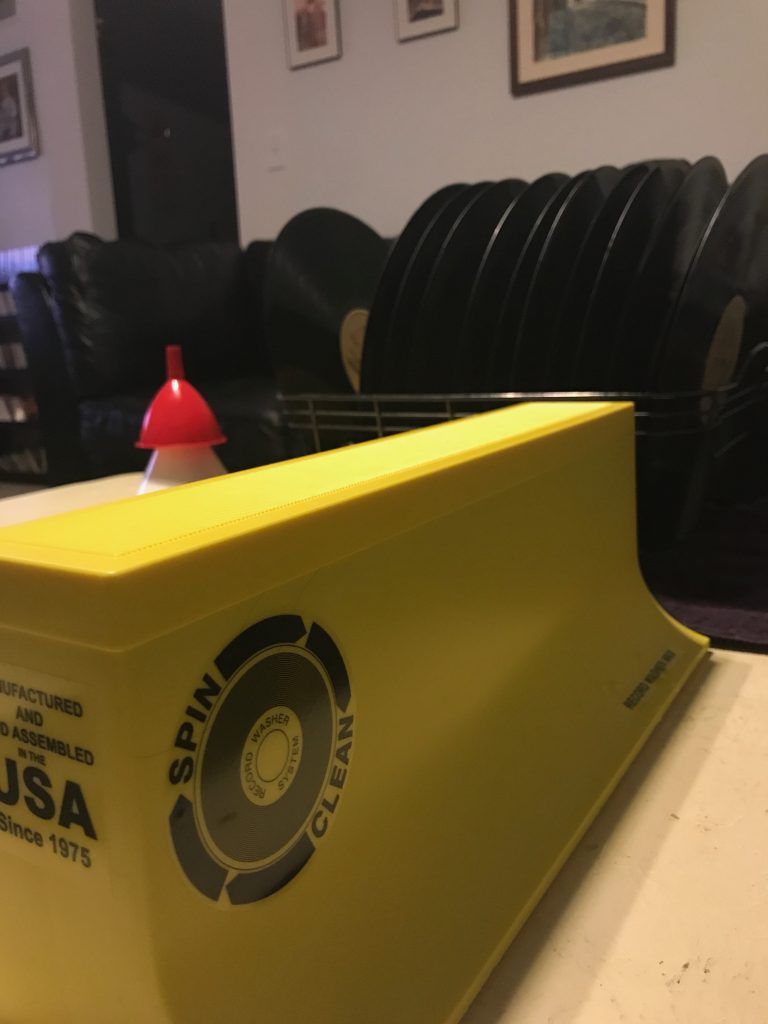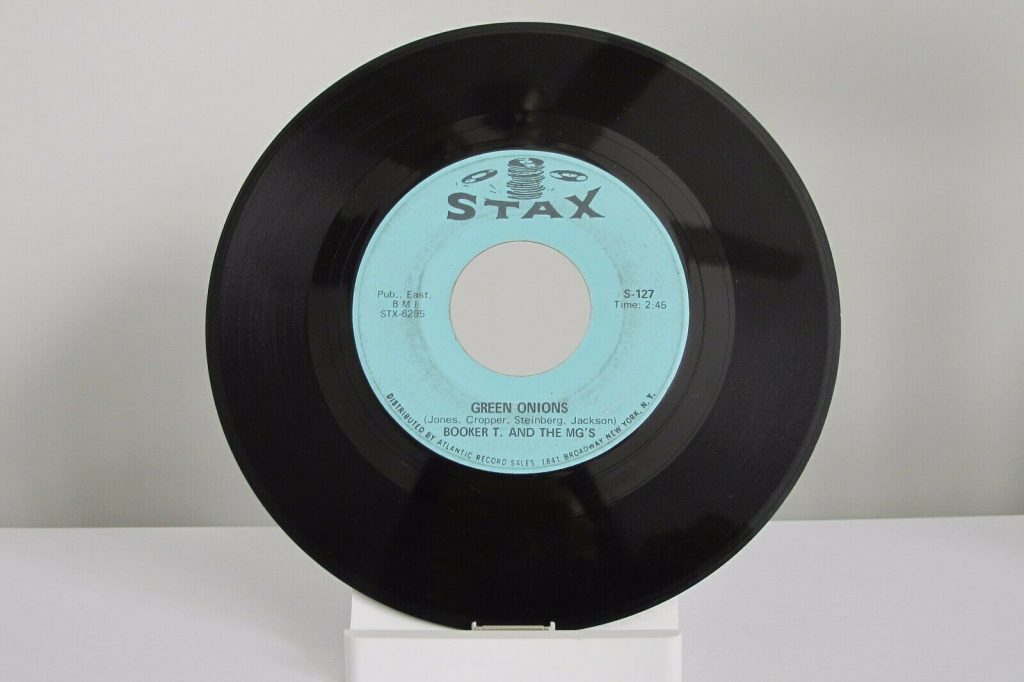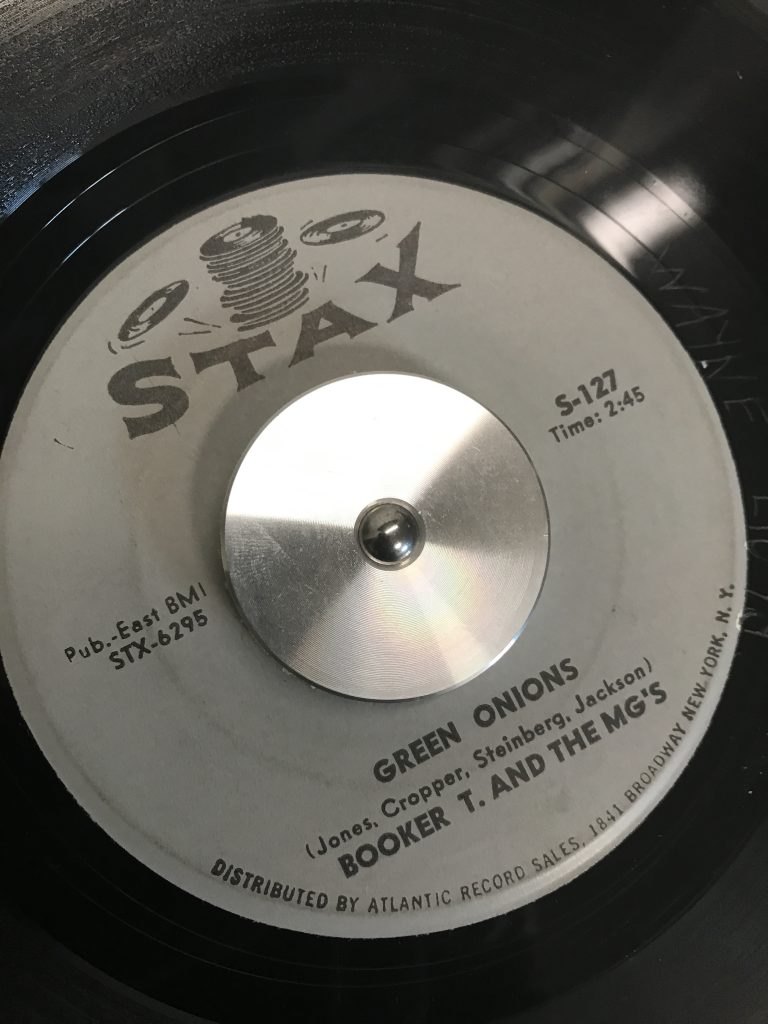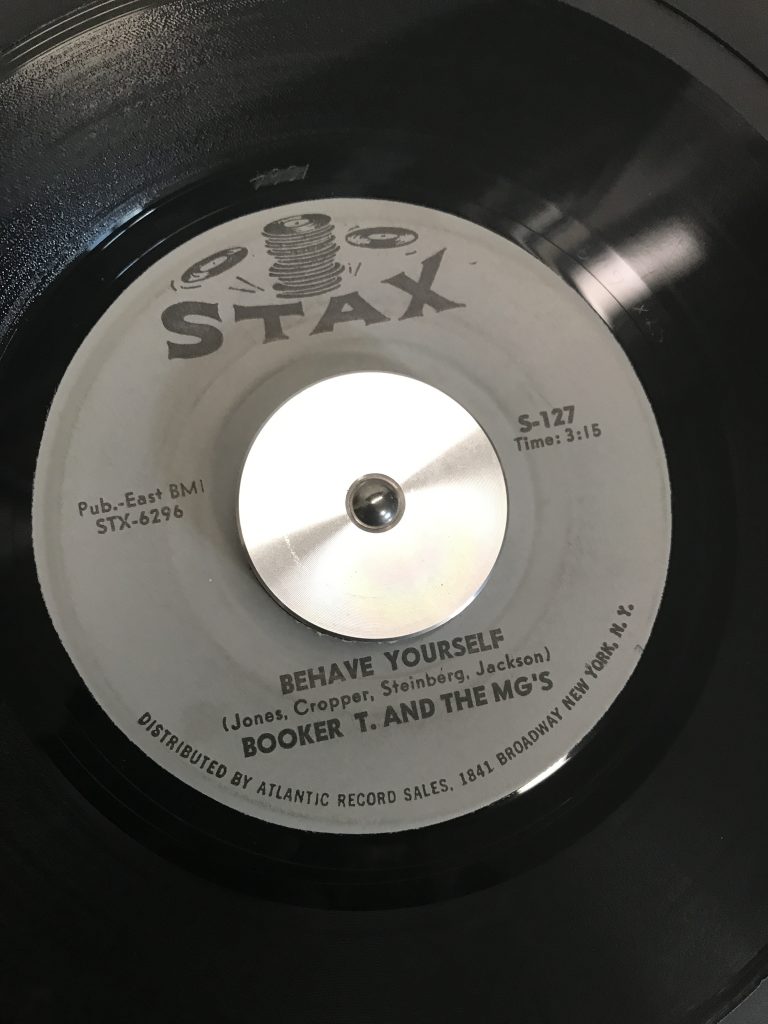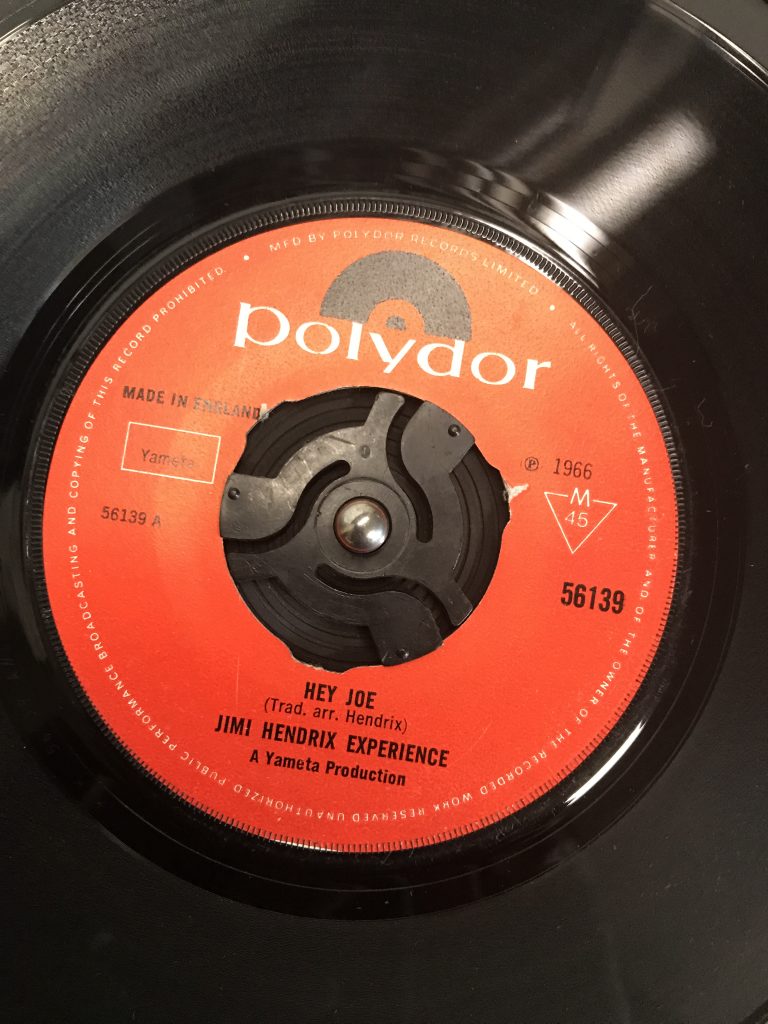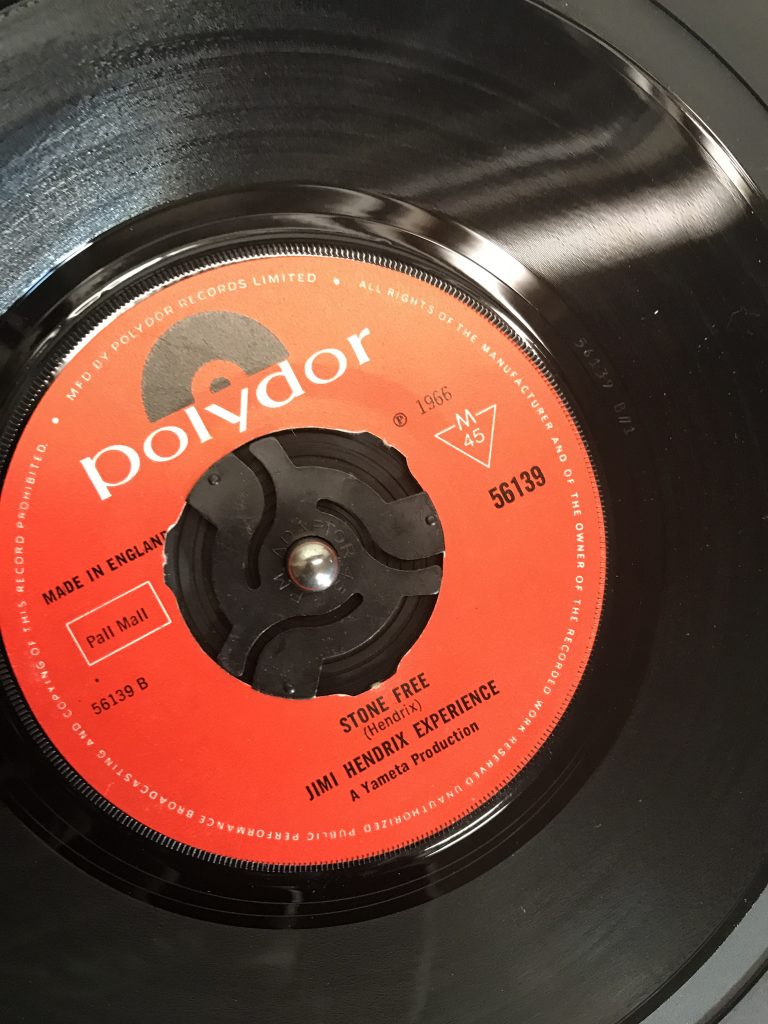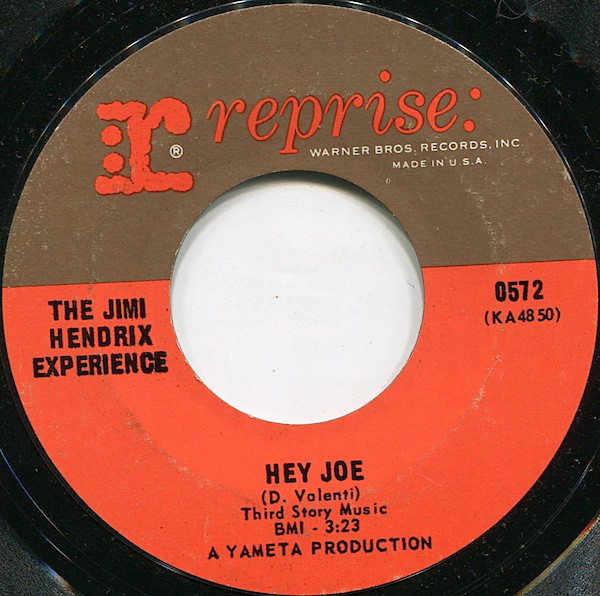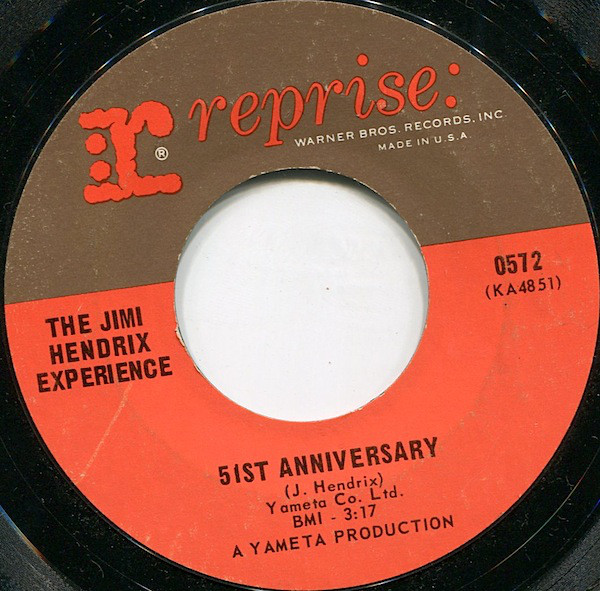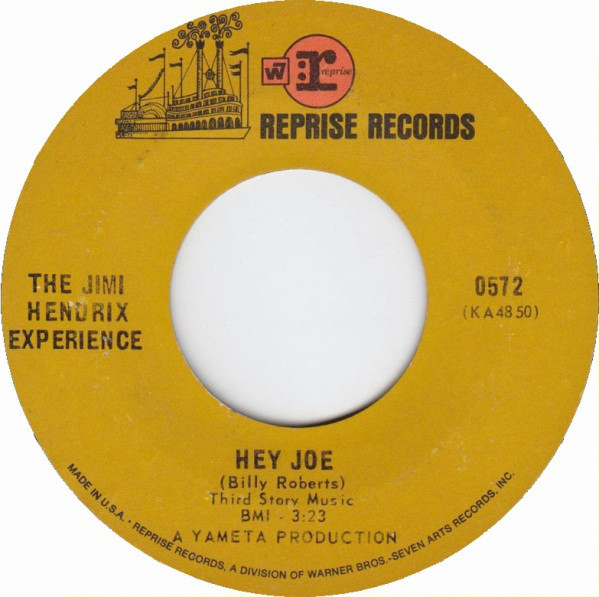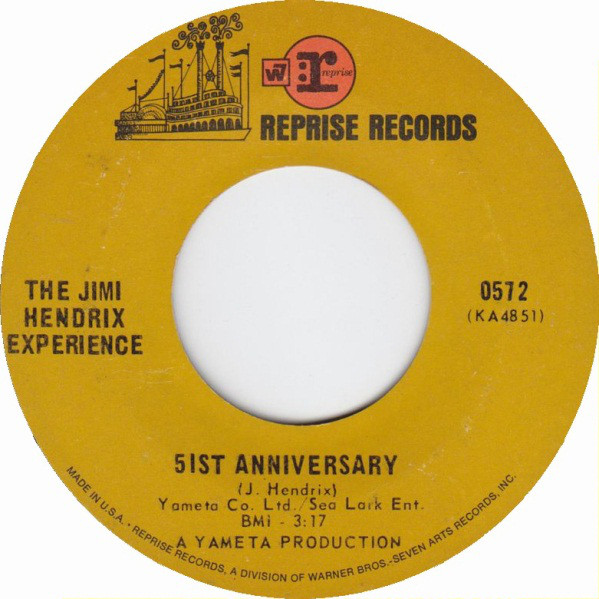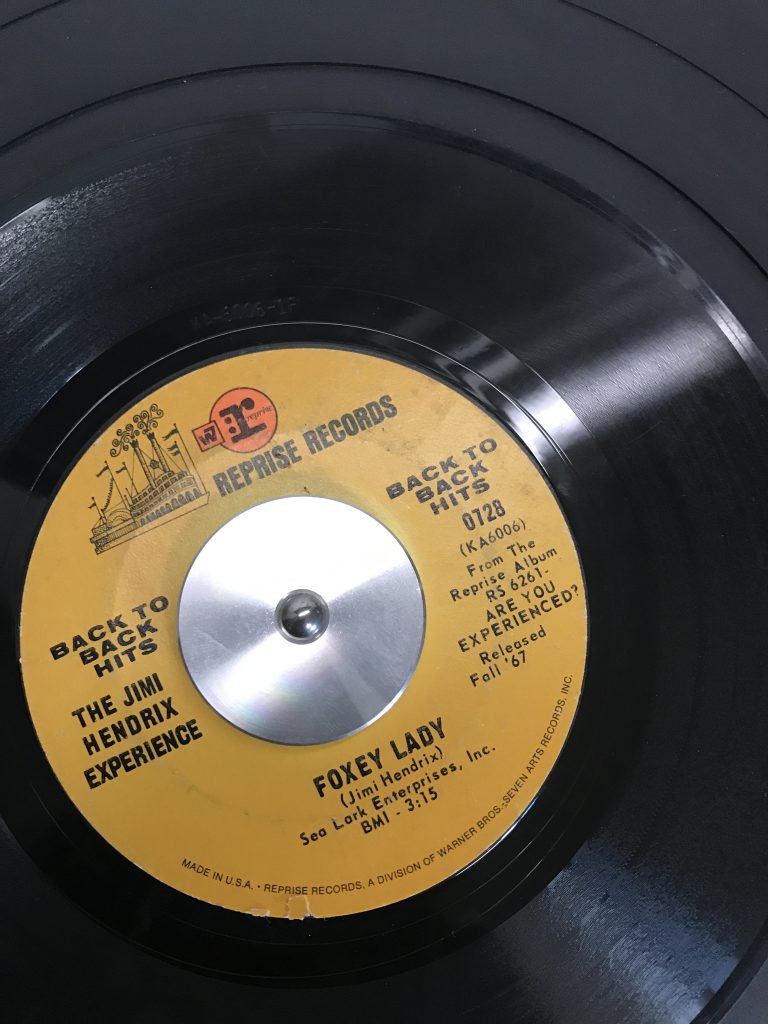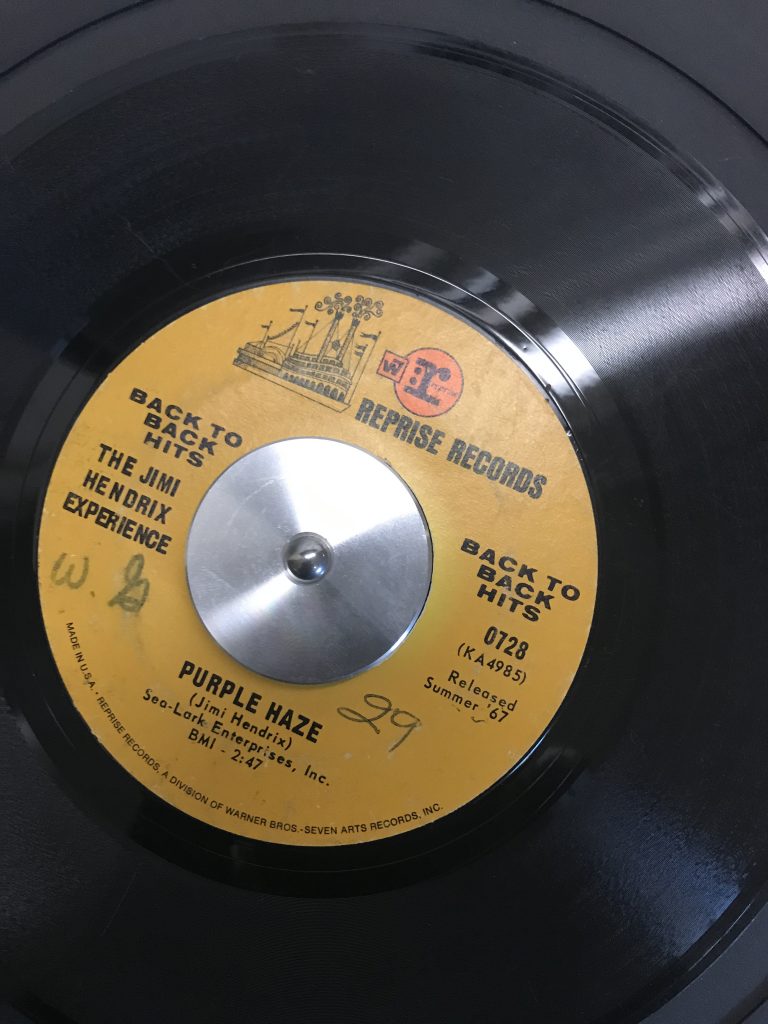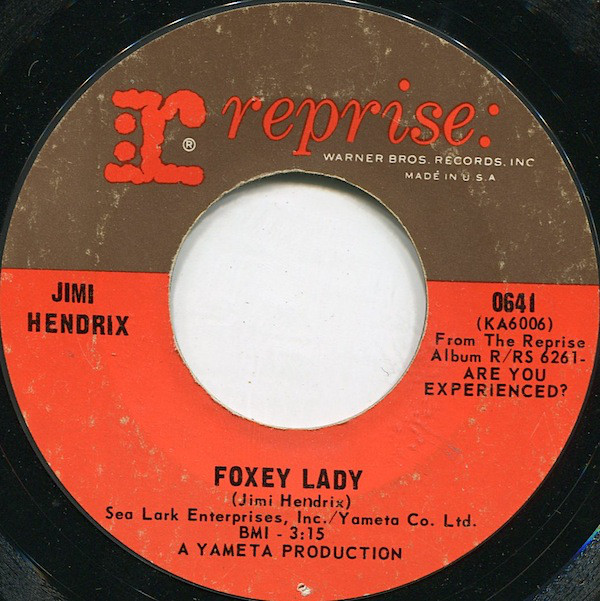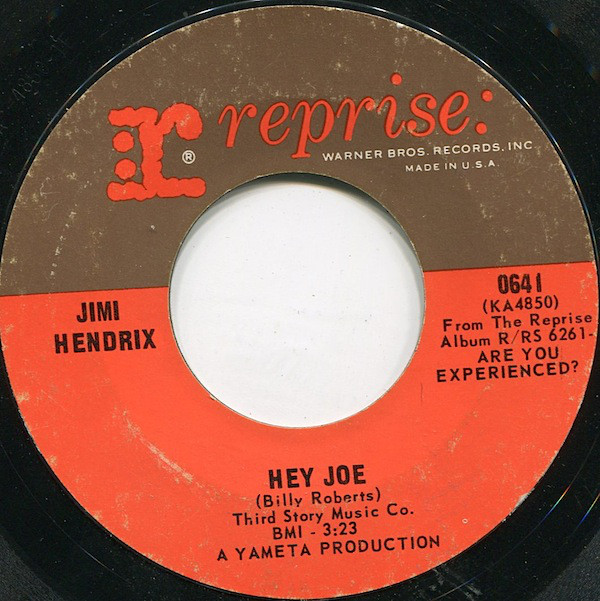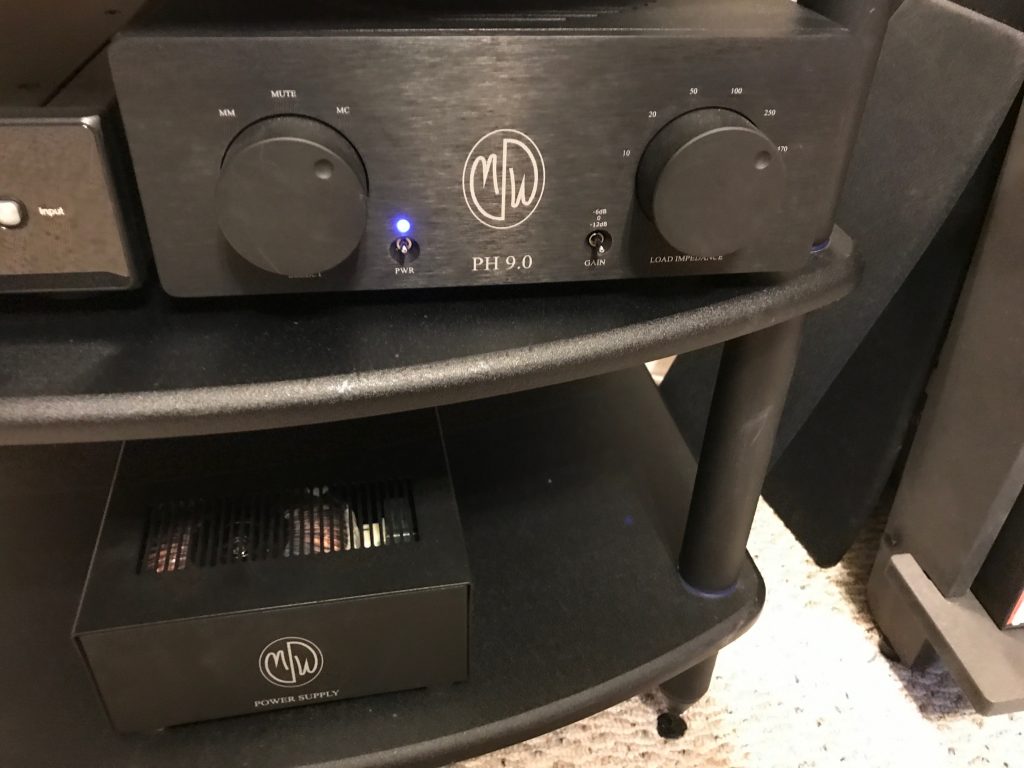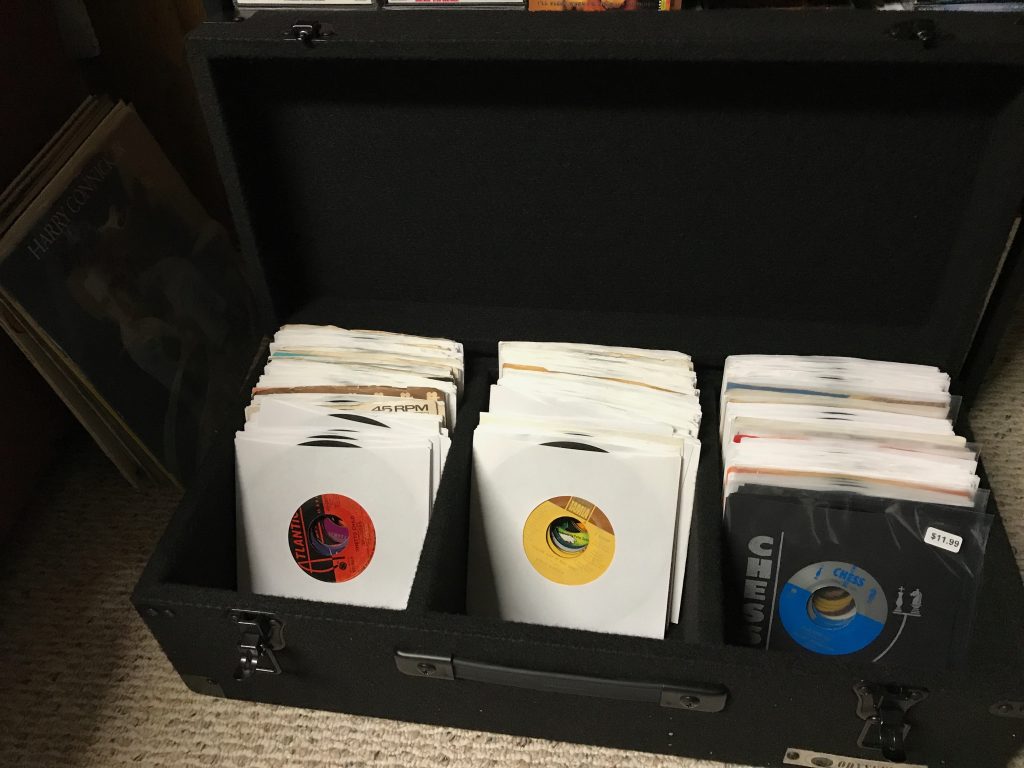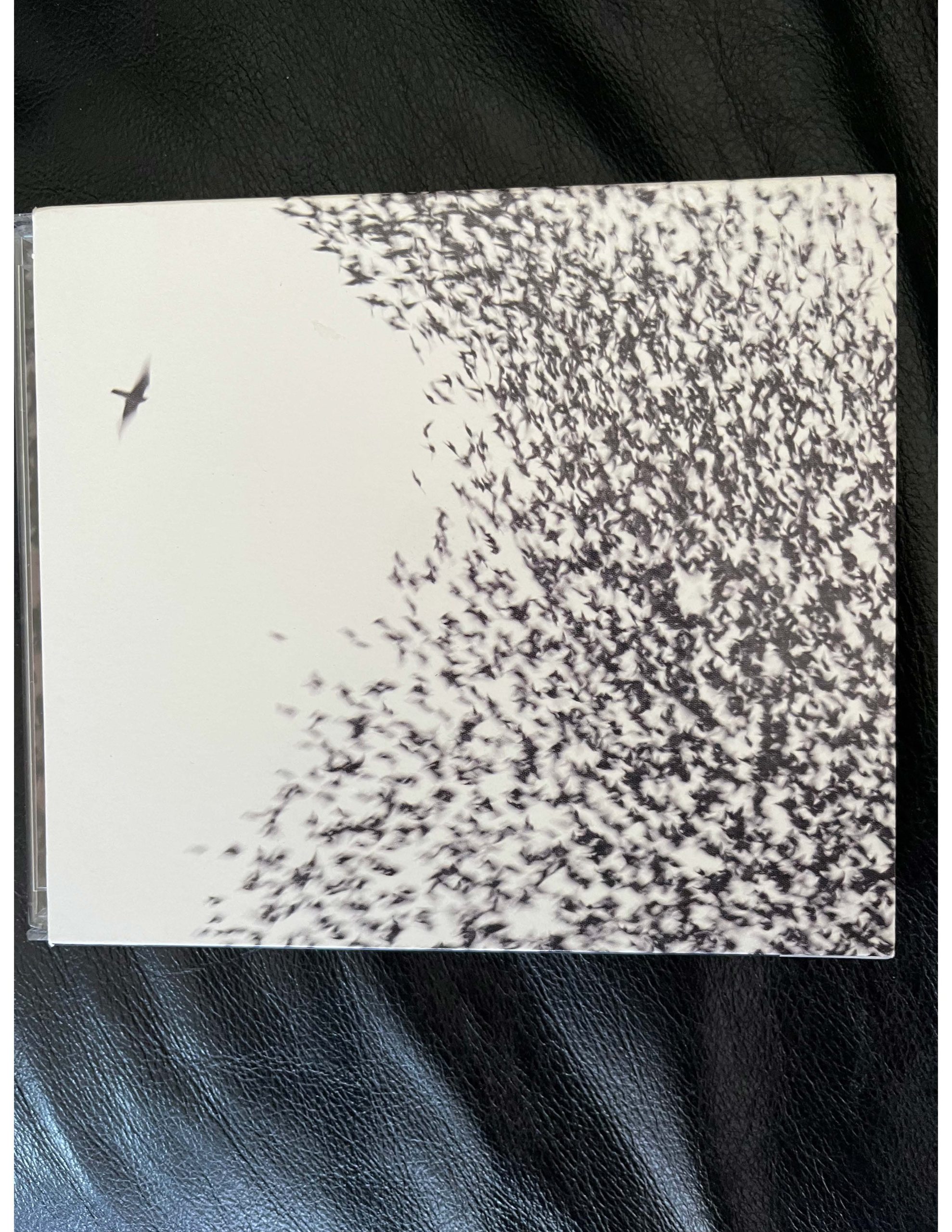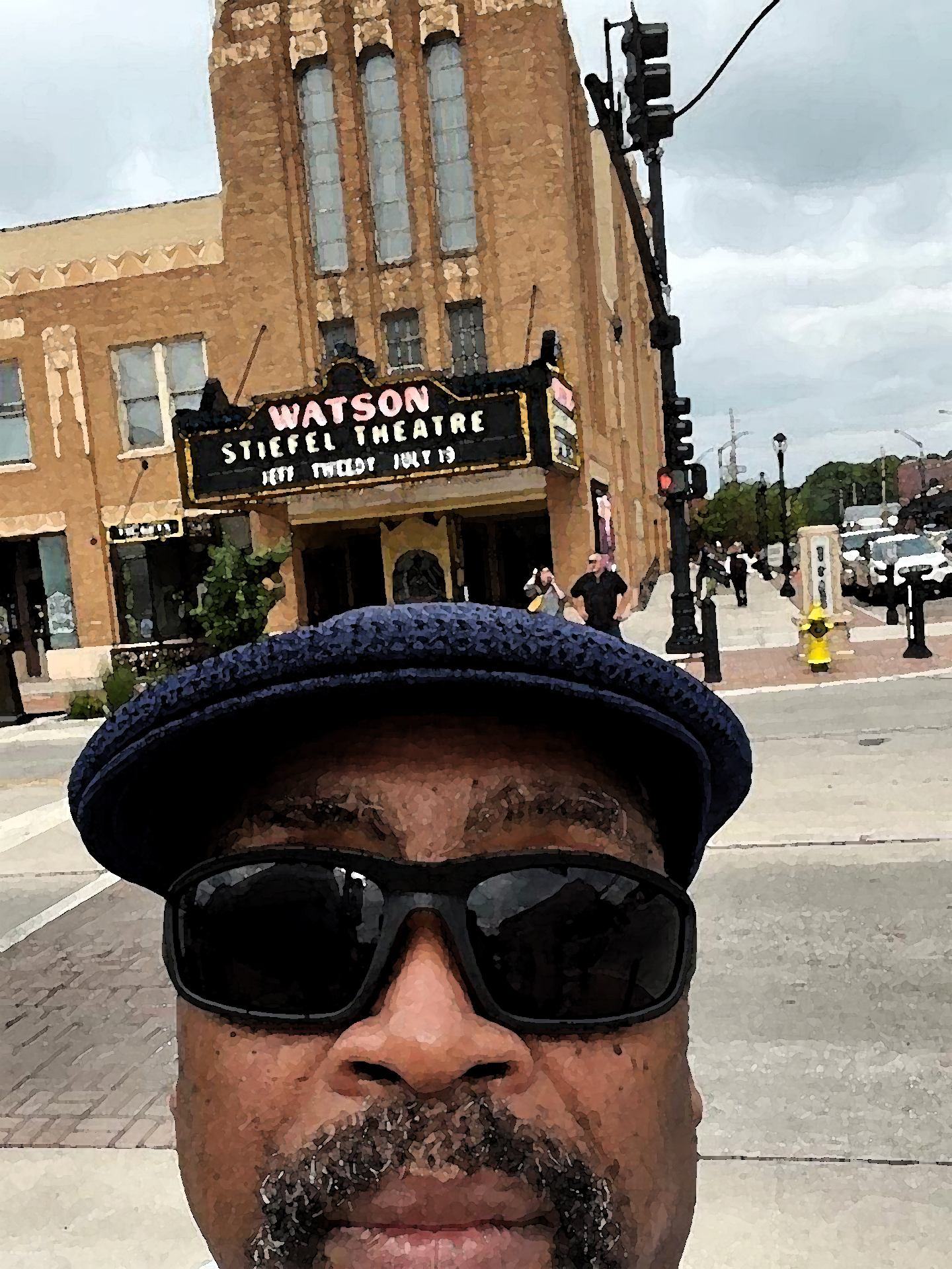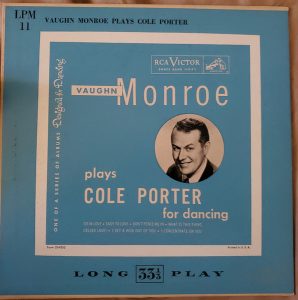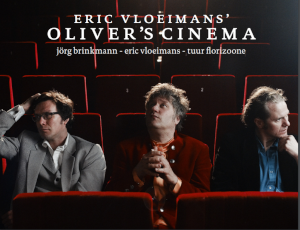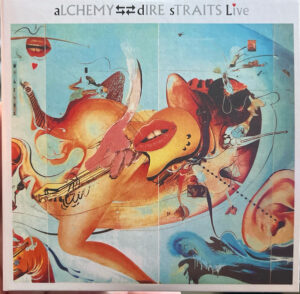Hey, Positive People!
When we last spoke on March 9 in Issue 102 (HERE), I ended the article saying that being so inspired by the sound of the Modwright P9.0 preamp, it led me to purchase quite a few fun vinyl items for discussion in this Part II of Mono-mania! I have a complete mono-ready rig set up which includes the Technics SL1200 MKII turntable with Hana SL mono MC cartridge, coming through the ModWright PH 9.0 tube phono stage (with power supply), which is driven by the Rega Brio integrated amplifier (coming through input 5) and delivered through my Spendor D5 floor speakers.
I use all Audioquest cables (King Cobra Red, Diamondback Blue, and Golden Gate Red) for interconnects.
Before we begin, I have a confession to make: at the end of the last article I promised to share revelations about the virtues of the Ray Charles Atlantic Records mono box set—and I will get to that—just not right now, and there's a good reason for it. Basically, I started writing about it and the things I uncovered in the process led me through a discussion so lengthy that I felt it actually deserved its own separate feature-length treatise, so that's what I plan on doing for the next article—an in-depth analysis of the sonic superiority revealed on several of my favorite tracks scattered throughout the 7-disc collection.
Now that that's taken care of, let's dig in to this one, shall we?
To get things off to a smooth start, I decided to give a spin to my original copy of the February 1957 mono version of Birth Of The Cool (Capitol T762), one of the first "Long Playing" 33 1/3 platters issued to usher in the new era of popular recorded formats.
My copy—still in excellent condition—was purchased in 1985 at Play It Again Records, a used records store on the South Side of Chicago in Hyde Park. Evidently, the disc was sold to the owner by someone named Charles Bright who lived at 6249 S. Rhodes, also located on the South Side near Cottage Grove and a mile south of the University of Chicago.
If you look closely, you might have noticed I only paid about $1.95 for the privilege of owning this vintage item!
It had a few more pops and clicks than I would have liked in the first few seconds of the track (but hey, I paid less than two bucks, which was a steal!) but then things cleared up a bit by the time I got to the Lee Konitz alto sax solo of the second track, "Move." I felt better as Max Roach's bop drums kicked with clarity. The Hana/Modwright combo seemed to fully embrace the challenge of unleashing the richness of the harmonized melodic texture superimposed over the lush background harmony during "Jeru," composed by baritone saxophonist Gerry Mulligan. In fact, I was even more proud of the stability and tracking capability provided by the Technics turntable, which provided a firm foundation that allowed the Spendors to sonically capture and release the inherent genius of the work of Gil Evans, whose orchestration encouraged the walking bass lines of the tuba and acoustic bass to be slightly more more prominent than the drums. The gathering of band members for this ground-breaking event represented the origin of what became known as West Coast "cool jazz" (despite the fact that this historic trend-setting album was recorded in New York!)
Indeed, his unique voicings for "Moon Dreams" (not to mention the silky, swinging "Venus De Milo" recorded as early as April 22, 1949) would foreshadow the shape of things to come—as evidenced in his work on both Sketches of Spain (CL1480) and Porgy and Bess (CL1274). My favorite, though, is the laid-back, florid passages imbued in the medium-paced "Boplicity." The rare and delicate piano solo of John Lewis (who would go on to become a legendary part of the Modern Jazz Quartet) really stands out, as this is a "brass-and-winds"-dominated affair.
As previously mentioned in PF Issue 100, I've listened to Count Basie's Li'l Ol Groovemaker…Basie! (Verve V6-8549) since I was a graduate assistant in my jazz professor's office in Chattanooga, Tennessee.
I'm not sure whether what I heard then was actually in stereo or mono, since his stereo was one of those self-contained one-piece turntable units that just had two small left- and right- detached speakers connected to the rear output jacks only by thin speaker wires. I did a little digging, and, if my visual memory serves, this was a Realistic LAB 24B 4-speed automatic record changer. After searching the 'net I dug up a few facts. Specifically, it was custom-made in England for Radio Shack, magnetic cartridge (probably labeled 120E), diamond elliptical stylus (most likely Shure) with adjustable anti-skate calibrated for both conical and elliptical tips. This model featured a full-size deep-drawn turntable platter set above the ebony base with walnut finish trim, complete with a thick, clear plastic dustcover. It also would have had a synchronous motor for precision speed control.
The room was fairly narrow and not very long, and was cluttered with an upright piano, a large German acoustic bass, and piles of books, sheet music, and, of course, stacks of vinyl LPs.
Over the years, I've purchased three stereo versions of "Groovemaker," which are still in my possession, but for this assignment I went on the "discogs" website and snapped up an additional U.S. mono version of the album (Verve V-8549). Pressed by MGM Records, it's nine tracks of big band bliss (originally recorded in April 21-23 1963, and released later that year.) The title track, "Li'l ol Groovemaker…Basie" literally screams with joy—it's written as a tour de force meant to demonstrate what a powerful machine the Basie band was. "Pleasingly Plump," on the other hand, was written to show how sultry the band could be at the drop of a dime (Snooky Young's muted solo is divine!). "Belly Roll" is my all-time favorite piece, though—it swings like mad, and it's mainly because of none other than the prodigious arranger, composer, and conductor Quincy Jones—who went on to become Frank Sinatra's favorite band director.
"Lullaby For Jolie" was just gorgeous coming out of the Spendors—you need to hear this tune if you already haven't. And my favorite of all, "Boody Rumble," did indeed rumble—Basie plays a "tack" piano on the intro of "Kansas City Wrinkles" to remind people of what it was like to play in those early blues joints (for this effect, things like thumbtacks or small nails are laid across the felt hammers inside the piano giving it a slightly out-of-tune, vintage honky-tonk sound.)
The entire album is a blast, but here's what was really interesting about this particular listening experience: I found a British mono version of Li'l Ol Groovemaker…Basie! (VLP 9051) printed by EMI in Middlesex, England. It had a different design on the label, and a laminated, flipback cardboard jacket cover (made by Garrod & Lofthouse).
To my ears, the overall sound was a substantially darker, not nearly as bright—which wasn't at all impressive to me. In fact, it reminded me more of what I seem to remember as the same sounds that came out of my jazz teacher's speakers, which weren't very expensive if I remember correctly.
The flat sound of the intro of Freddie Green's hand-held shaker and the following walking bass line of Buddy Catlett was a dead give-away; the first shout chorus of the tune was the other ear-marker—the British pressing didn't shout anywhere near like the American version did. Even though this sounds like a downer, I actually looked at this sonic discrepancy as a major positive statement regarding my mono rig's ability to discern every detail of difference between the two mono versions. My wife Deborah was in the basement when I did this test, and she also heard the difference, and did so instantly and without prompt. Score yet another point for the Technics/Hana/Modwright tandem!
I also snagged a mint copy of The Best of Duke Ellington on Capitol Records (T-1602) which features Duke performing his hits in a minimalistic setting—just piano, bass, and the drummer only playing snare with brushes.
On "Prelude to a Kiss" you can hear so clearly in the studio, the echo of the room, also the degree to which the piano is out of tune. "Satin Doll" features the full big band, who delivers the tune as if they're in a mellow tone, (pun intended.) During the last four measures of the bridge, the trumpet really screams, then on the A section, the bass bone growls, and you can hear the mutes in the trumpet so well, also Ray Nance playing the melody.
I first heard this album when I was an undergrad student in Chattanooga, it was literally my first exposure to Duke on vinyl, and I listened to it in the listening lab that had turntables and vinyl with headphones.
I signed that album out over and over again, and I fell in love with it. In truth, I only wanted to hear the album for one specific reason: Duke's trio version of "In A Sentimental Mood," which was absolutely sublime—just him and his left hand comping for his right-hand melody, played simple and clean. I loved this tune so much I actually memorized the right-hand melodic solo, and could sing it note for note. Then I learned it on the piano, including the left-hand chord progression (the bridge was much more difficult the 'A' section.) It was the first time I ever learned to play piano, and this tune was the reason why.
This mono rig is so excellent, I swear you can hear him actually humming underneath his breath as he cascades up and down the minor arpeggios during the intro. The brushes stir lightly in a 4/4 pattern—no kick drums or snare or cymbals even—just brushes on a snare, while the acoustic bass pads sweetly in the background with his 2/4 feel, only to start walking when Duke's solo begins. The entire episode only last 2:55 minutes.
Last December, I went to visit my friend Jas Obrecht, who wrote the excellent book on Jimi Hendrix, Stone Free: Jimi Hendrix in London, published by UNC Press in 2018.
We were in Ann Arbor, Michigan, and I was interviewing him for an LP review of Hendrix's Are You Experienced?" album. One of the gifts he gave me while I was there was an original mono issue of Bob Dylan's 1966 release of Blonde On Blonde on Columbia Records (C2L 41).
I was startled for two reasons: First, I hadn't even seen an original mono version before, and second, I couldn't believe my ears when he just casually gave it to me without as much as a blink, saying he didn't really have any use for it since he no longer had a turntable in his house. (What a great stroke of luck for me, and such a generous and thoughtful gesture from him.) If you don't already know his work by now, Jas is one of the greatest writers of all time—he is both a hero and role model to me, and I'm so happy to be able to call him my friend.
His bequeathing the Dylan album to me was, coincidentally, the perfect gift for this article (that I hadn't yet begun to write), and especially since I pretty much wore out my stereo version of "Blonde" years ago from a thousand playbacks on bad needles and not-so-great turntables. Though I know every lyric and chord progression on this entire double-LP from start to finish, I hadn't heard it in this mono format before. Without going into each and every track, let me just say this: based on the sonic response of the Modwright PH 9.0's role in working in tandem with this impressive Hana SL Mono cartridge to bring these grooves to life, I believe to my soul that it's the only way a monumental record such as this should be experienced before anyone ever hears it in stereo.
Every tune on this album has become a classic in its own right: "Rainy Day Women;" "Pledging My Time;" "Visions of Johanna;" "I Want You;" "Memphis Blues Again," "Leopard Skin Pill Box Hat;" "You Go Your Way And I'll Go Mine;" "Sad Eyed Lady" "Just Like A Woman;"—need I go on? You already know the all the full titles and how the songs go—just come by the house if you wanna hear it the way it's supposed to be heard (and, by the way, the re-released 2015 Sony Legacy 180g mono issue does not sound quite the same!)
I also found an orange-vinyl 2013 mono version of Jimi Hendrix's Axis Bold As Love (Sony 88765419711), an exclusive from Newbury Comics for their special "Record Day" release.
It's a 200-gram QRP pressing, gold foil-stamped numbered edition (0217 out of 2500, yay me!) authorized by the Hendrix family. There does exist a certain bias out there by some skeptics who have somewhat of a knock against colored vinyl—the material used is perceived to alter the sonic quality of the music in the grooves and, according to them, should be avoided in general. On the other hand, (as Stelly has pointed out to me) some feel that colored or clear vinyl actually sounds better because of the absence of "carbon black" (the material that gives vinyl its pigment) which is more sensitive to magnetism. Where do I stand personally? I don't know—haven't been in the game long enough to have a lengthy sample.
For starters, QRP generally does as good a job as anyone anywhere when it comes to quality, so there's that to consider (Pallas and RTI also come to mind.) The irony here is that the "mono" approach wasn't necessarily on the minds of Eddie Kramer and Jimi Hendrix for "Axis." After the maiden voyage of Are You Experienced? was released in early '67, left/right panning for stereo effects was the driving force behind the mixing strategy engineered by Eddie Kramer with Hendrix's approval. But here's the bad news about this orange Newbury release: "Up From The Skies," I'm afraid, just doesn't work for this mono recording; nor does "Spanish Castle Magic." On the other hand, "Wait Until Tomorrow" sounded great, and "Ain't No Telling" was nice too. On "Little Wing" you can hear Mitch's drum track somewhat better than on the stereo issue, but the guitar solo was underwhelming—I definitely missed the panning effect of the solo, even as the background chimes of the glockenspiel were prominent.
"If Six Was Nine" had the same issue: Clear vocals and prevalent drums throughout, but no "rotation" on the guitar effects during the solo section when Hendrix plays the riffs. Mitch's drum riffs don't swing back and forth across the room—the hot, circular drumming technique he learned from listening to Elvin Jones has less effect during the solo that occurs when Hendrix's "fall mountains" dialogue starts. The "walking feet" don't walk across the room from left to right speaker, either—they just kinda clomp in place. The rest of the album proceeded in similar fashion—I'm sure you get the idea by now. Overall, I think the mono sound on "Axis" is not nearly as impressive as the regular stereo pressing. Maybe it's the orange coloring. Maybe the absence of sound-swishing colored my hearing. Who knows?
Fortified with 45s
Here's where the real fun begins—my first foray into 45s—and for me the very idea of them brings back retro reminisces of my very earliest experiences with the audio interaction—sight combined with sound. Watching those small, flat black lacquer platters rotate on the spindle, trying to read the words on the various colored labels, all the while being told not to touch them by your older sister and/or brother who reminded you that you weren't quite ready to command the playlist or turntable yet. I also remember the red-and-white swirls on the 45 disc holder my sister Varnetta had, which looked just like this one I found on amazon.
She kept those discs locked in that box like it was her sole prized possession. No matter—it didn't stop me from being mesmerized by the look and sound of the overall experience of watching her play records on the portable player we had. And if they wouldn't allow me to touch the vinyl, I definitely could allow myself to feel the music.
It suddenly dawned on me that although I have this great mono rig in the basement and have been exploring the wondrous sounds of LPs, I literally didn't own one solitary single! Damn!—how did that happen? Well, this just won't do. I hustled on down to my local record store (thank goodness we still have one in this town!) called Sisters Of Sound. Indeed, S.O.S is an awesome store with Sara and Leah Cunnick who opened the store in 2004. On this particular day, Sara was working behind the counter when I arrived, and her young assistant Ben Cartwright was there too.
Ben was more than thrilled to hear that I was there to dig through several hundreds of the ol' 45s—not many people are interested in those here in Manhattan, Kansas these days. He came around the counter to help me uncover all the vintage hidden treasure. It didn't take long at all before I had an armload full of 45s, after I'd combed through hundreds of them and extracted the ones I wanted from the dustbins.
I bought over ninety discs at a bargain rate on this first day, and a coupla albums to boot.
Here's a bit of a digression, but a related story, nonetheless: The Bill Withers 1971 debut album, Just As I Am, on Sussex (SXBS 7006) was one of the first vinyl platters I'd ever bought as a teen. Sara had just received a new copy in the mail this day, and when she pulled it out of the box, all my memories came flooding back, because it was one of my earliest and favorite albums, but it—and my Hendrix In The West LP, among several others—had gotten stolen right out of my living room by a so-called "friend," and I was temporarily traumatized by the experience. As soon as Sara whipped it out of the box, I immediately told her the harrowing story and begged her out of it.
Not only did she relinquish it, she gave it a spin for me right then and there in the shop—to the pleasure of myself and all the customers!
I was so happy with her generosity that I went back four days later and bought ninety more 45s, after Ben revealed another treasure trove of "memory lane" items hidden inside several other bins that I didn't notice before. Then he said he had something special to show me—he led me behind the wall where they had a truly vintage, industrial-strength vinyl cleaning machine—it looked like it was indestructible, yet was fully functional and still getting the job done! Ben put a platter on the lathe and showed me how it worked.
I believe this model was the Keith Monks Archivist Duo-RCM Mk.V model, designed and produced by the English inventor Keith Monks, who first designed it for the BBC radio station in 1969. Watching it work kinda made me wish I had one—all I have right now is this relatively low-level "do-it-yourself" manually operated "Spin-Clean Record Washer."
Back at home, I found on eBay an excellent-condition copy of Booker T. & the M.G's classic tune, "Green Onions," a song I grew up listening to ever since it first came out in 62. Because I very much have a "phonographic memory," the sound of the record was totally linked to the look of the label itself. The one I grew up with was not the one originally pressed in egg-shell blue on the Stax label…
...this was a special, gray-label issue (Stax S-127) with runout #6295 and 6396.
Here's the kicker, though: The B-side was "Behave Yourself" which I somehow stumbled across when I was a few years older and absolutely fell in love with it even more than "Green Onions" on Side 1!
It is, by far, my ultimate slow-blues honeydripper (and yes, I memorized the entire Hammond B3 organ solo by Booker T. Jones and can play it note-for-note on my Strat.) A worthy side note: Did you know that it's the Booker T & the M.G.'s band who's backing Bill Withers on his debut album? It's one of the biggest reasons why that album grooves so hard!
When Hendrix broke away from America and finally made his mark in England, "Hey Joe"/"Stone Free" was first released in the U.K. on Polydor (56139) on December 16th, 1966. I wanted to get as close to the original aural and visual "experience" as the Brits did, so in early March I got an original 1966 British mono copy of it in "excellent +" condition for $16.91 plus shipping, for a total of $20.18, shipped from London. This particular disc had that weird-looking flat insert that had been put in place after they'd carved out a fairly uneven circle to fit our U.S spindles.
The Americans, however, would have their first "experience" months later, when Hendrix's sonic assault arrived on our shores, courtesy of Reprise Records (owned, oddly enough, by Frank Sinatra, who founded the label in 1960 after being dissatisfied with the restrictions placed on him by Capitol Records.) "Hey Joe/51st Anniversary" (0572) was released in the U.S. on May 1, 1967—and it's damn near impossible to find a copy on red ("colon R" icon)…
…or gold (steamboat with 'Warner 7 Arts' icon) printed labels.
But if you find either copy, it's gonna set you back around eight hundred bucks.
I recently won an eBay auction and got a U.S. version of the 45 "Purple Haze"/"Foxey Lady" (0728) for around eight bucks. Although at first I thought it was an original copy of a first pressing, I noticed on the label it said "Back To Back Smash Hits," and also indicated that "Foxey Lady" was released summer of 67 and "Purple Haze" was released later that fall.
The Are You Experienced UK album was released in May and the US version was released in August. This particular single was released in this format in America on December 13, 1967—well after the album came out in England. So what I had wasn't all that special, really—what I needed was the "Red Label" Reprise stuff, which was how the original first issues were presented in 45 format. I had more work to do, so I dug deeper.
Once the single of "Foxey Lady" had been released, I guess the execs realized that the "51st Anniversary" single wasn't gonna be a hit in America, so on December 13, 1967, the "Red Label" Reprise again issued "Hey Joe," this time paired with "Foxey Lady" (0641).
I found a copy in late March for fifteen bucks (including shipping.) It arrived in great shape, and I gave it a spin, and loved what I heard. And of course, I couldn't stop there—so I purchased a red label "Purple Haze"/"The Wind Cries Mary" (0597) released on June 19, 1967, for nine bucks. I was now quite pleased with myself and the newly-acquired knowledge about the red label 45s that I somehow had never encountered before. I knew about the various color configurations of the Reprise LP format (another article waiting for me to be cooked up later!), but the pursuit of recreating the original Hendrix 45 "experience" was something new. Always learning…
Mono Nucleosis
So, here I am with a bad case of mono fever! How did I get here? Essentially, through trial and intrigue. I love the experience of using Dan Wright's products, and when combined with Chad Stelly and Nate Lennox's insights into high-quality cartridges, preamps, loudspeakers, and turntable setups, it's an amazing growth spurt for me. It was a bit scary at first to invest in gear that I knew very little about, but user-friendly-yet moderately-priced quality items like this Modwright PH 9.0 continue to make a believer out of me.
Dan Wright makes me glad that I got in the game, even though I'm not anywhere close to being a heavyweight player, not yet a big roller at the table. Still, I can say that I know him on a personal level, he's really nice to me, and I wouldn't have met him if I hadn't chosen to jump in with both feet. He's now one of the reasons I wanna stay. So basically, I went from no 45s at all to a trunk that will undoubtedly fill up in no time at all. Some of the rare 45s are in mono, most are stereo, but the good news is I'm fully equipped to enjoy both formats, and in the coming issues, I will be sharing the sights and sounds of the "platters that matters" with you!
Until next time, keep on swingin'.





